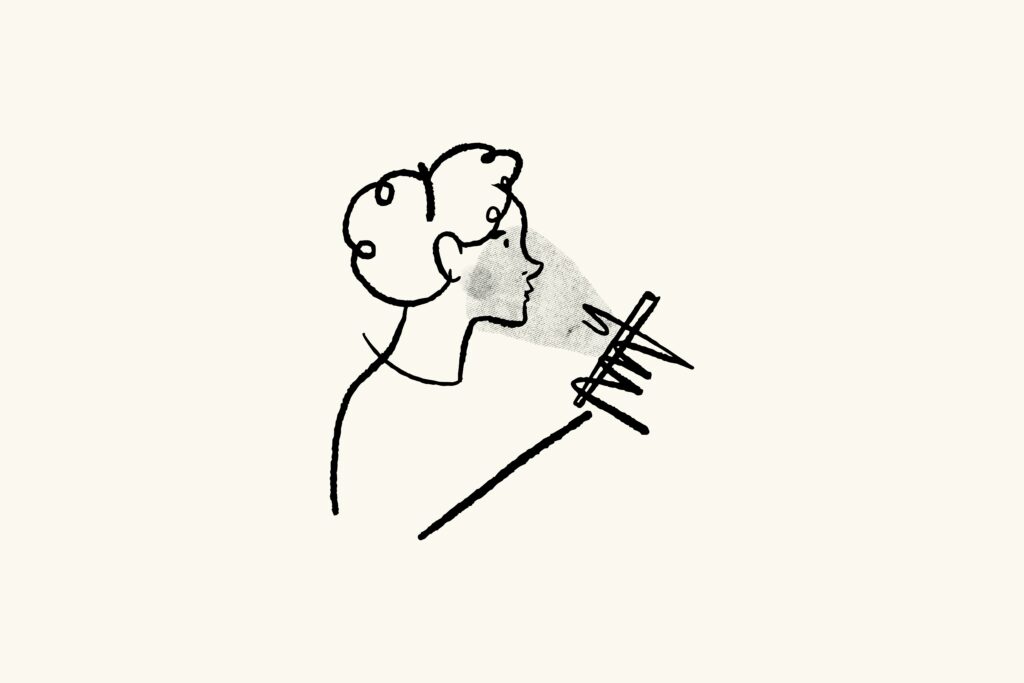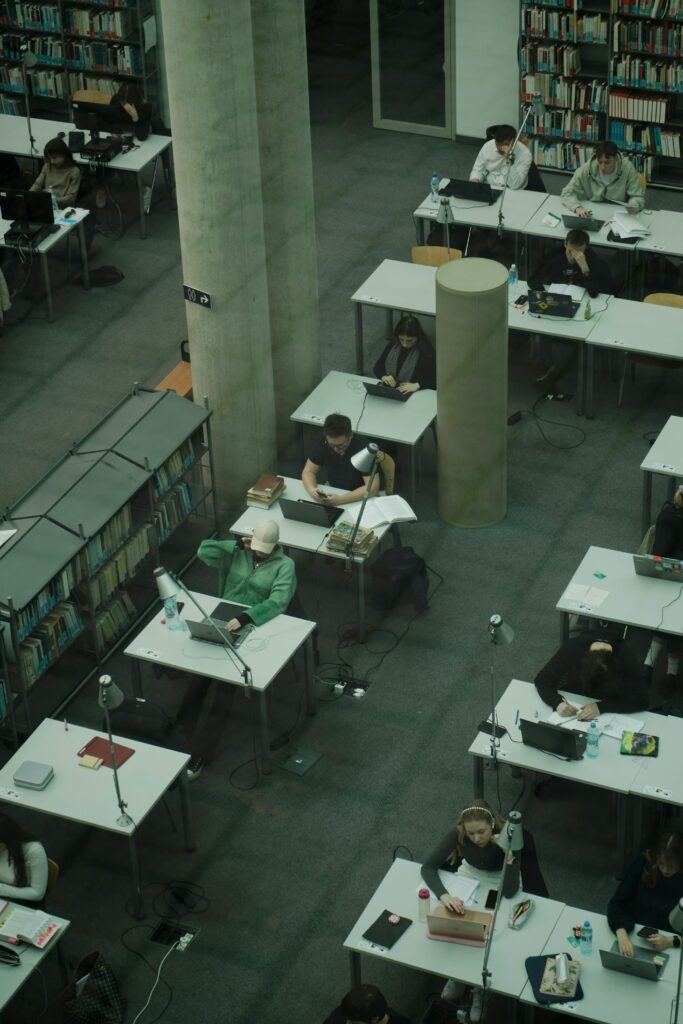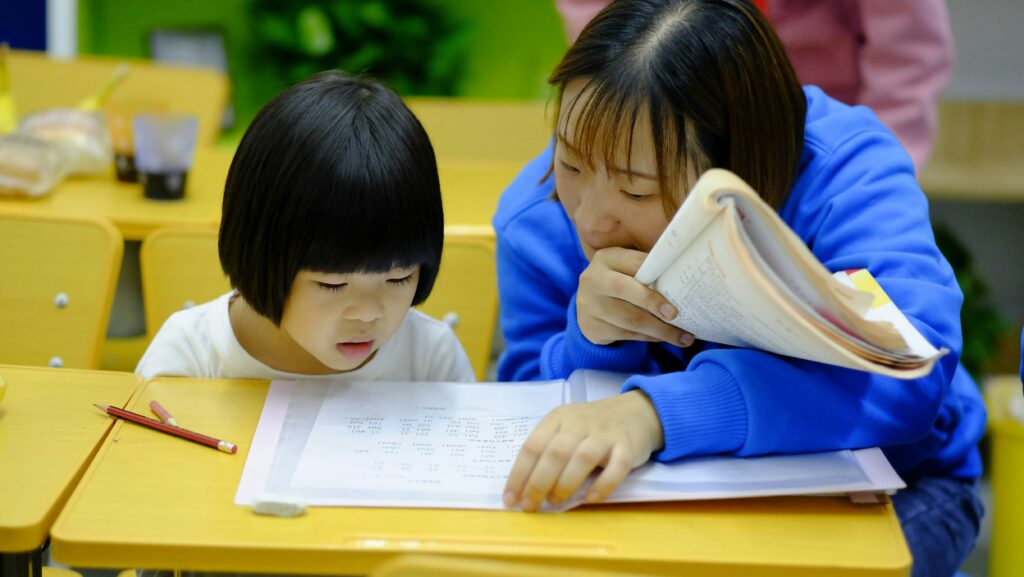

Blog Post #4: Open Pedagogy and OER
Open Pedagogy
In education, knowledge is shared. Open pedagogy follows this idea by emphasizing the sharing of resources as well as collaboration among learners and educators alike. This Youtube video provides a foundational definition and explanation of open pedagogy which is useful to understand for this blog post:

This idea that educational materials should be shared among everyone can sometimes cause fear for privacy risks. This article from UBC gives context to the potential risks of open pedagogy. I think it is important to recognize the risks along with the benefits, to ensure that we understand the ethics of open pedagogy before implementing it. Much of the risk comes down to privacy, and ensuring student privacy is always maintained; which is possible with open pedagogy so long as there is an awareness from the educator. Ultimately, the outcomes of shared learning resources are far greater than the downfalls. To illustrate just how beneficial open pedagogy could be, here is my comparison between open pedagogy and traditional learning:
| Open Pedagogy | Traditional Learning Methods |
| – Collaborative – Open licensed materials – Student driven – Contributions to discussions – Reflections | – Hierarchical – Proprietary materials – Curriculum driven – Consuming of information – Assessments |
As you can see, open pedagogy offers a learning environment which is not only more engaging for students, but will also aid with inclusivity, accessibility, and differing learning styles as it is often led by student creativity and curiosity.
The Role of OER

Open Educational Resources (OER) are teaching, learning, and research materials that are freely available for use, modification, and distribution. OER offer countless benefits to the educational landscape, and are transformative in their contributions to a more equitable and accessible educational world.
While the benefit of free resources is important in the role of education where often money is an issue, as outlined through this podcast episode from the University of Athabasca, the free aspect also means there can be a significant reduction in educational inequality. This episode outlines that cost is not the only benefit of OER, and some of the other benefits are as follows:
- Removing Barriers: By providing free access to quality educational materials, OER help remove financial barriers that can prevent students from accessing learning resources.
- Global Reach: OER can be accessed by anyone with an internet connection, expanding educational opportunities to populations in remote areas.
- Lifelong Learning: OER facilitate continuous learning opportunities beyond formal education, empowering individuals to pursue knowledge at their own pace and according to their interests.
- Encouraging Openness: The use of OER fosters a culture of openness in education, where sharing knowledge and resources becomes the norm, further supporting equitable access to education.
Implementing Open Pedagogy

When it comes to implementing ideas from open pedagogy, there are many ways that each attribute can be implemented. However, I have countless ideas for how I would personally implement them. Firstly, to implement a collaborative learning environment, I would assign group work frequently, as well as engage students in group discussion, and encourage constructive peer feedback. To implement transparency, I would give students access to all the educational resources and materials so that they could look at them in their own time, as well as for the purpose of class assignments. To implement student centred learning, I would offer choices for how students can demonstrate their learning, and I would try to foster an environment where each students learning needs are being met. Moreover, I would offer students the opportunity to pursue their own topic of interest to encourage their learning interests.